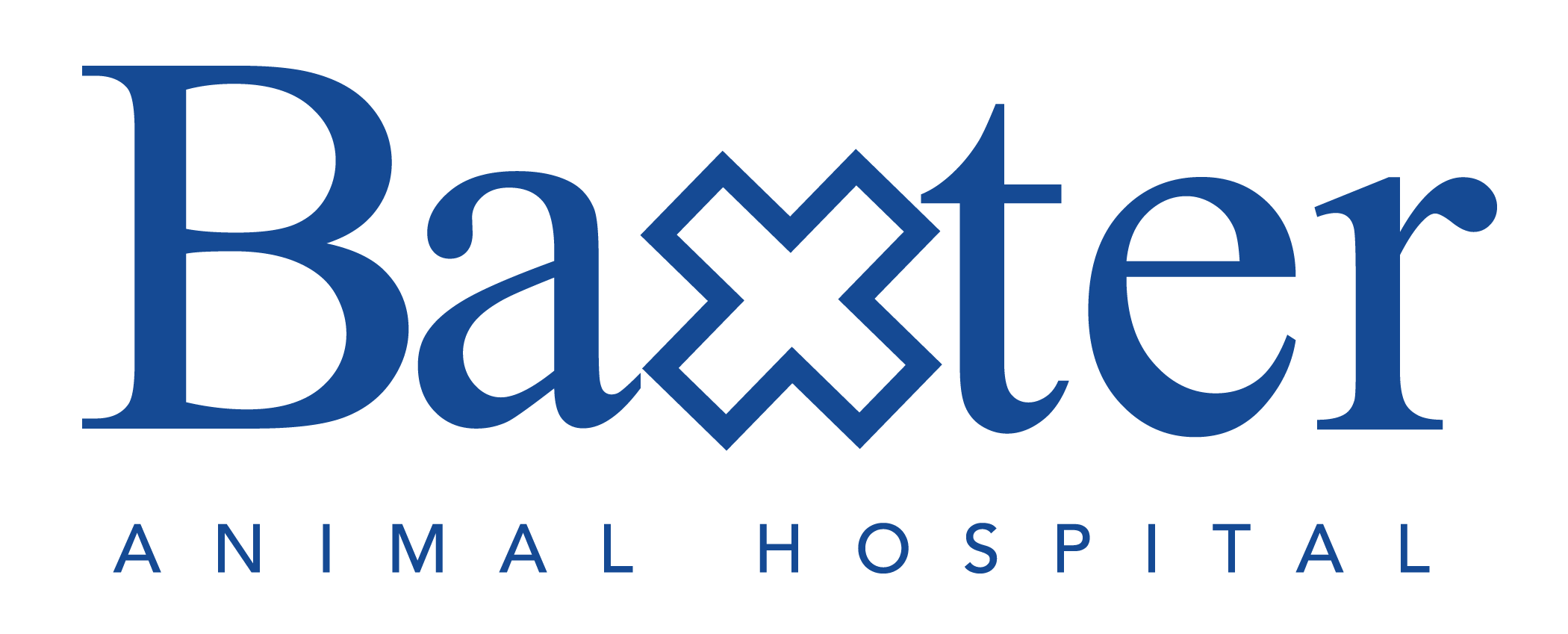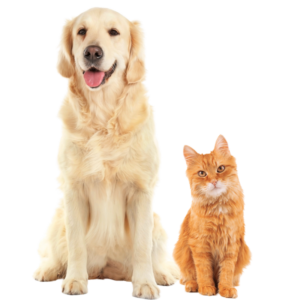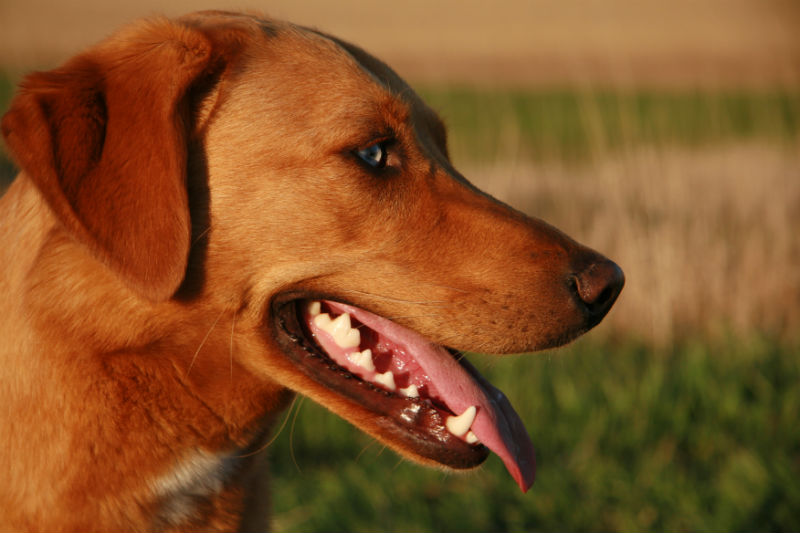Over the decades, human dentistry has evolved from focusing on treatment to emphasizing prevention. We have all heard about plaque, tartar, gingivitis and cavities so we brush twice a day, floss regularly and visit the dentist every 6 months.
In veterinary medicine, however, dentistry still typically refers to treatment. Periodontal disease (inflammation of the structures supporting the teeth that leads to loose and missing teeth) and tooth fractures are common dental problems seen in veterinary practice. But it doesn’t have to be this way. There are a number of measures that owners can take to prevent (or at least delay) the onset of dental disease.
1. BRUSHING
Tooth brushing is THE most effective way to remove harmful bacteria that lead to tartar formation. Ideally, brushing is done daily. Be sure to use a toothpaste made for pets only. (Poultry flavour is a favourite!) You only need to brush the cheek-side of the teeth using a small, soft brush. Cats may prefer a moistened cotton-tipped swab used to wipe away debris and bacteria after eating. Ask a member of your veterinary health team for a demonstration.
2. DENTAL DIETS
Specially-formulated dental diets are an excellent way to provide high-quality nutrition while preventing tartar accumulation. There are two prescription diets (only available at your veterinarian) which are effective. These kibbles are produced so that their shape and size work to mechanically clean the surfaces of teeth. Depending on the brand, an anti-tartar compound may also be included. These diets must actually touch an area to be able to clean it. So, if your dog avoids chewing with certain teeth because of dental pain or tends to swallow her food whole, dental diets will be limited in efficacy. Diets work well at preventing tartar accumulation but have limited ability to remove large volumes of pre-existing tartar.
3. DENTAL CHEWS/TREATS
Some dental chews work in the same way as prescription diets to mechanically remove plaque. Chews with the addition of chlorhexidine are even more effective than those without.A few tips to remember when giving your pet chews (such as rawhide):
- Always supervise your pet when giving chews or treats.
- Be sure that you are providing the appropriate size of chew for your pet. (Check the manufacturer’s recommendation.)
Like dental diets, these chews can only work where they touch. Pets must actually spend time chewing on the treats for them to be effective. And, chewing must be a frequent activity in order for your pet to benefit. There are a lot of products on the market but only a handful are actually effective at controlling tartar formation. Ask your veterinary health team for their recommendations.
4. AVOID HARD TOYS AND OBJECTS
A common myth is that chewing on hard items will prevent tartar formation. While it is true that some mechanical action can be helpful, there are products that are TOO hard for chewing. We commonly see fractured teeth in practice. Bones, antlers, hooves and very hard nylon toys are the most common culprits. Dogs love to chase and chew balls, but the fuzzy coating on a tennis ball attracts and holds tiny bits of dirt and stone. The result is a surface as abrasive as sandpaper that causes premature wear on teeth (especially the canine teeth) and can lead to pulp exposure.
5. REGULAR PROFESSIONAL DENTAL EXAMINATIONS
As part of your pet’s annual exam, your veterinarian will examine his face, mouth and teeth. That’s when the degree of tartar accumulation and gingivitis, any obviously missing and broken teeth or swelling can be identified. However, for a thorough oral assessment, general anesthesia is required. This is the only way to accurately diagnose periodontal pockets, loose teeth, fractures, abscesses or other conditions that can cause dental pain. Radiographs of your pet’s mouth are essential to identify problems with the bones of the jaw and tooth roots. And because pets don’t hold their mouths open nicely while we take the x-rays, this is done while under anesthesia. Dental scaling (above and below the gum line) and polishing are also performed under anesthesia.
Annual preventive cleaning, before your pet is experiencing severe dental pain, will improve quality of life significantly.
As we begin a new year and as we approach dental health month, let’s re-think oral health and adopt an attitude of prevention for our pets. That’s something you can really sink your teeth into!
Written by Dr. Joanne Emiry, DVM



